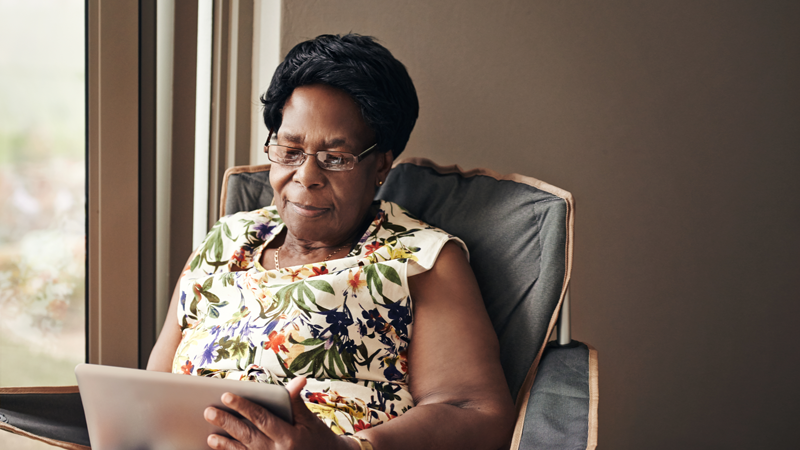By Sophie Davis-Cooper on November 19, 2021
Each year around 115,000 people in the UK are diagnosed with Chronic Obstructive Pulmonary Disease (COPD)[1]. Although there is currently no cure for COPD, with the right treatment and support patients can control their symptoms and help slow the progression of the disease[2]. At Spirit, our aim is to empower COPD patients to live better for longer.
According to the NHS, however, many people who do have COPD don’t realise they have it. This has created what they call the ‘hidden millions’ phenomenon, which predicts that there are around two million people in the UK experiencing symptoms of COPD but remaining undiagnosed – and therefore not receiving treatment.
People with COPD usually experience breathlessness along with persistent coughing, which gradually worsens over time. This can limit their everyday activity. Eventually they can suffer exacerbations, sometimes called ‘flare ups’, that require medical attention or even hospitalisation.
Melanie Martin, Clinical Advisor at NHSX, observes that many patients with long-term conditions aren’t being seen when they need to be. Often, “there is a missed opportunity to capture disease flares”[3]. With the traditional outpatient model of timed follow-up appointments there is a lack of this kind of data being captured, and this model also leads to patients being seen when they don’t need to be.
To tackle this inflexibility of traditional routes of care, we can turn to remote monitoring. As the COVID-19 pandemic accelerated the adoption of digital technology across healthcare services, remote monitoring has quickly established itself as an effective solution for continuity of care and capturing data.
Here are six ways we found remote monitoring can support COPD patients, during and beyond the pandemic:








